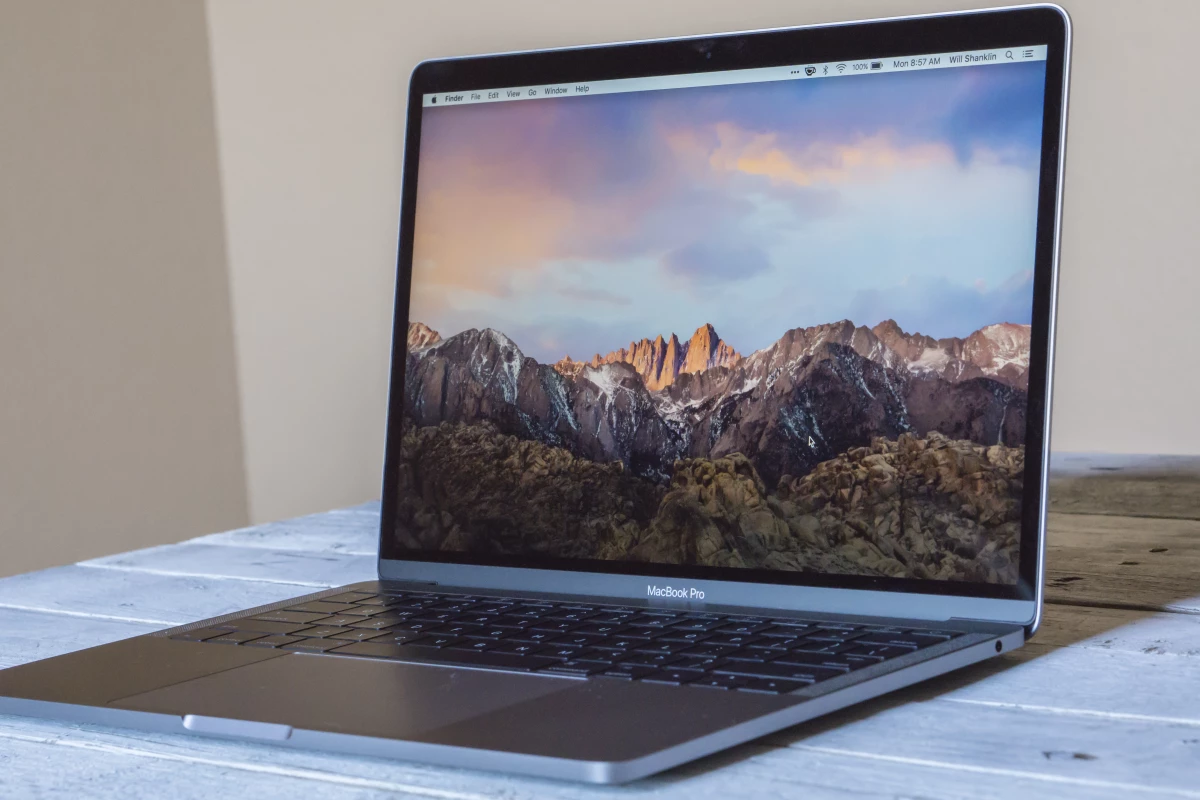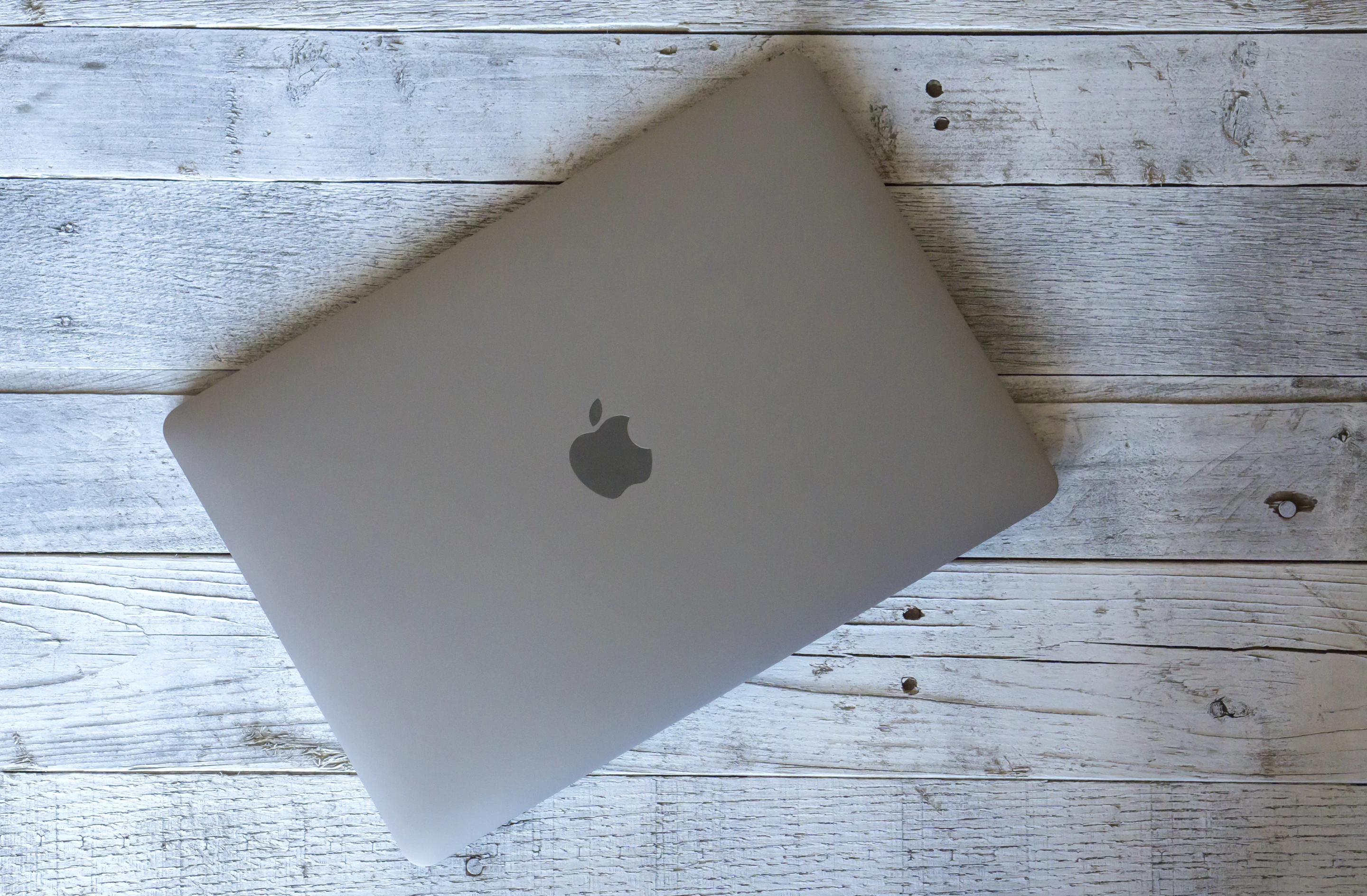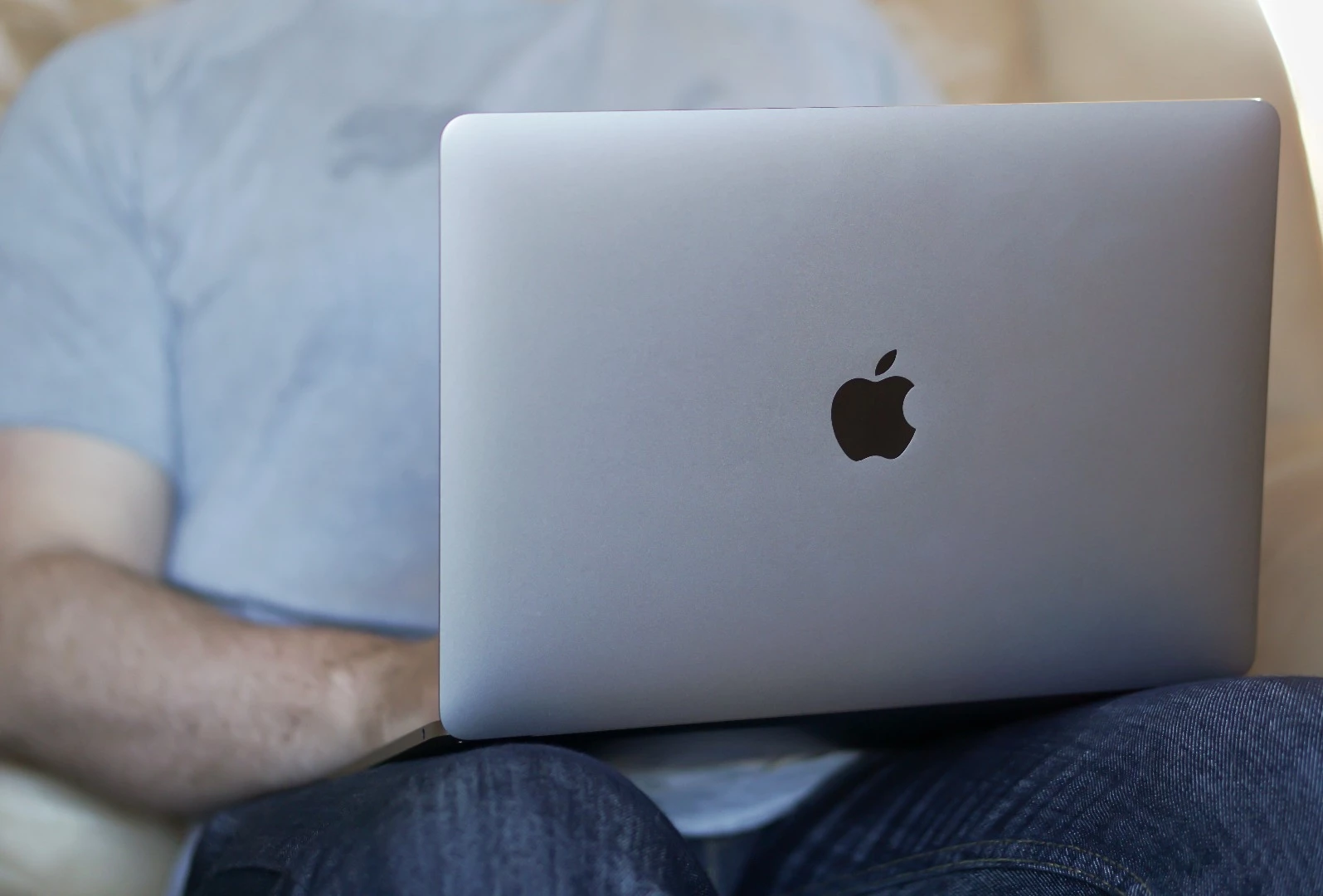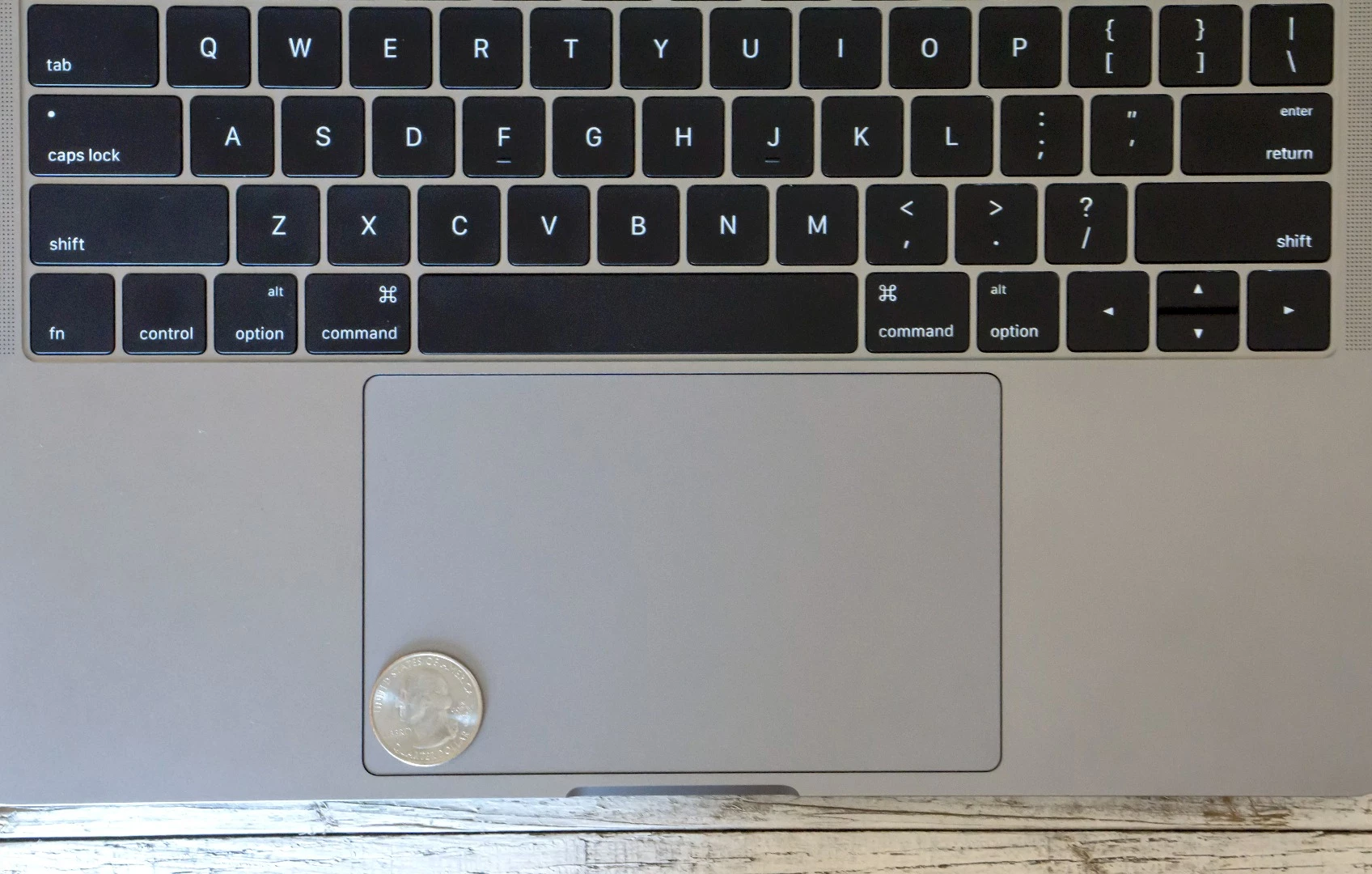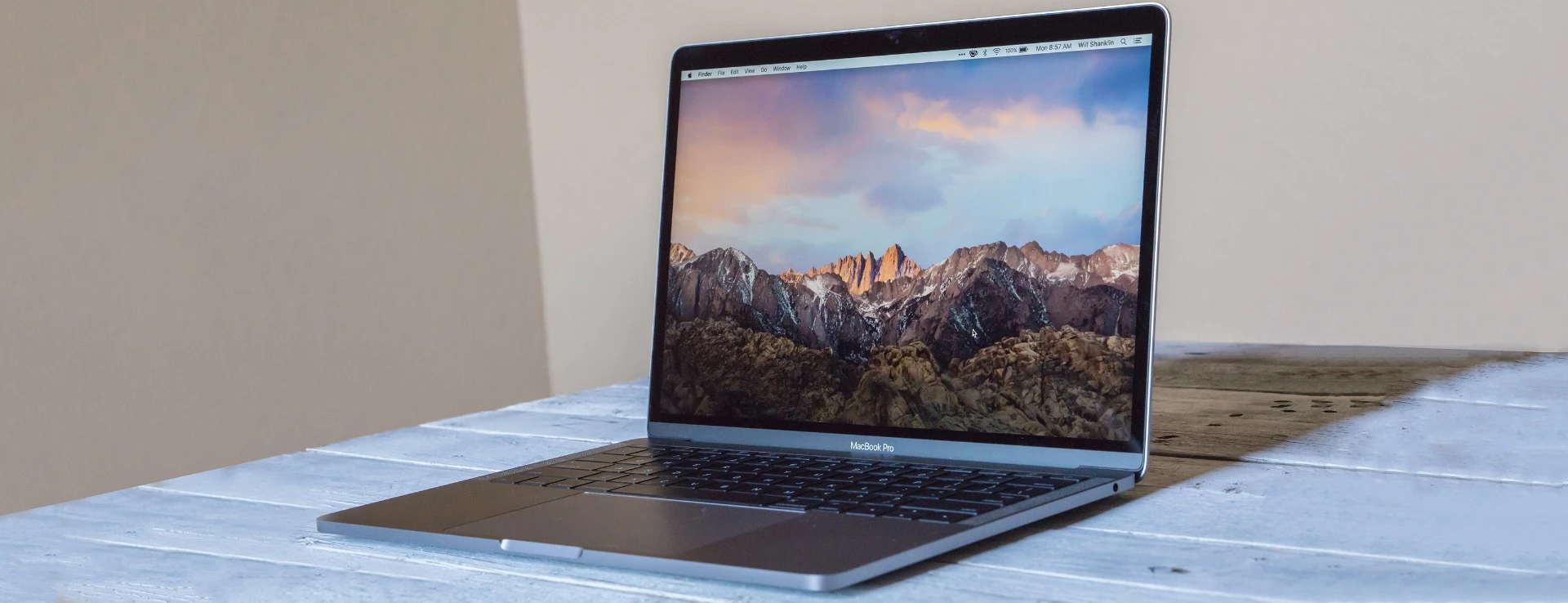There's one 2016 MacBook Pro feature you're going to hear a lot about for the foreseeable future: the Touch Bar, an iPhone-like touchscreen strip that replaces the Fn keys, living just north of the keyboard. But if you don't want to fork over US$1,800 or more for another post-Steve Jobs Apple attempt at creating the future, the company also has a cheaper variant of the new Pro that skips the touch-strip but keeps most of the other upgrades. We have that entry-level 13-inch MacBook, sans Touch Bar, in house, along with some early impressions.
After ripping off the plastic and unsheathing the 2016 MacBook Pro from its packaging, my very first thought? This is a close relative of the 12-inch MacBook. The keys look the same (and feel nearly the same), the overall design language is very similar and, while it doesn't quite hit the light/thin extremes of the smaller MacBook, its overall footprint has moved far in that direction. If you liked the 12-inch model but wished it had a bigger screen and packed more punch, this is your notebook.
The smaller size won't only feel better in a backpack, it makes the new models a pleasure to use on lap. MacBook Air owners take note: This may be the new Ultimate Writing Machine.
One unfortunate trait it shares with the 12-inch MacBook is port selection. The Touch Bar version of the new MacBook Pro has four USB-C/Thunderbolt 3 ports, but this entry-level model only has two (the 12-incher has just one). And since both ports are on this laptop's left side, you also miss out on the neat charge-on-either-side characteristic of the Touch Bar models.

The trackpad's feel stays the same – still glass, still Force Touch – but it's now 46 percent bigger than the one on the older MacBooks. This thing is humongous, perhaps unnecessarily so: Maybe it's just habit from years of using the last-gen trackpads (which I thought were already large), but so far my fingers haven't come close to needing this much area. Not a bad problem, though, to have.
The screen pops. Display resolution stands pat from the last-gen MacBook Pro, but gets better in other areas, like color gamut, contrast and brightness (for the first time, I prefer to leave a plugged-in MacBook's brightness set at less than 100 percent). There was absolutely nothing wrong with the old MBP displays, but jumping from old to new you do see the difference.

Considering the Touch Bar doesn't really add anything (besides a fingerprint sensor) so much as it moves things from the main screen to this little multitouch strip, I'm skeptical about how much I'll care about it in the short-term. Maybe after a few years of developer support, it will become an essential Mac feature, but right now I'd be surprised if I thought it warranted an $1,800 starting price (but we'll keep an open mind when we review that model).
Assuming Touch Bar is indeed something less than essential on Day One, though, that makes this entry-level model the more manageable balance of progress and price.

The big annoyance is that Apple cut the USB-C port-count down to two: It's as if the company wanted to make the upsell to the more expensive Touch Bar models that much more tempting (a cheap sales tactic Apple employs more and more these days – see storage configurations on iPhones and iPads, as well as the Jet Black iPhone 7 models that only ship in higher storage tiers). It's hard to see two extra USB-C ports straining the budget of a $1,500 laptop, for crying out loud.
If you can live with the scant port situation, though, this model is worth buying over one of the last-gen MacBook Pros (which you can still get). Yes, this one starts at $200 more expensive, but it also gives you 256 GB storage; last year's 256 GB base model also rang up for $1,500, so technically there's no hike there.
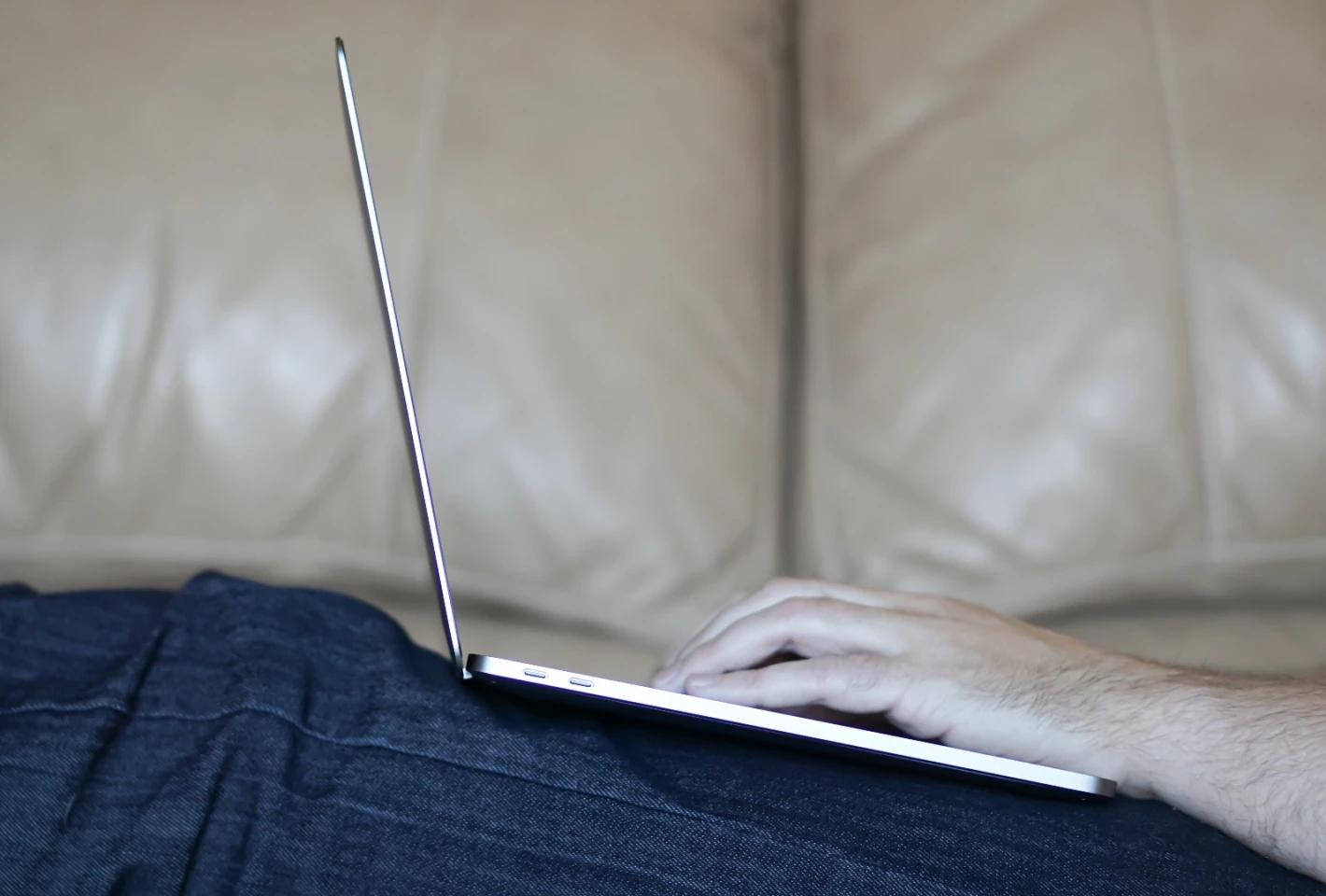
This model's sales pitch, rather than the Touch Bar, is ultra-portability coming to the MacBook Pro lineup for the first time. Consider the better screen, bigger trackpad and newer/faster processors to be added bonuses. As for the two measly USB-C ports, I see that as a sign that today's Apple often forgets the true meaning of "Pro," a flaw that may or may not be forgivable depending on how you use it.
The new 13-inch MacBook Pro without Touch Bar costs $1,500 and is available now. Touch Bar models, which we'll review in November, start at $1,800.
Product page: Apple
